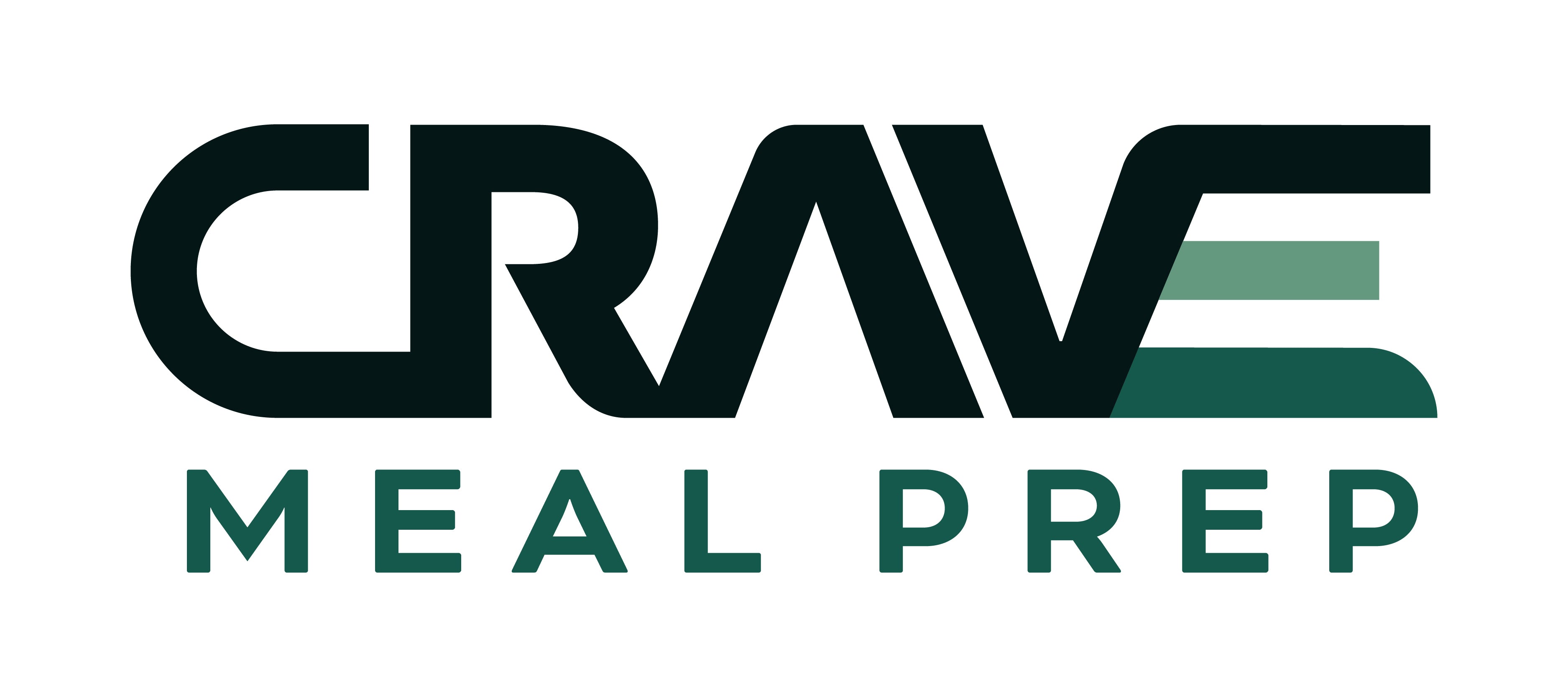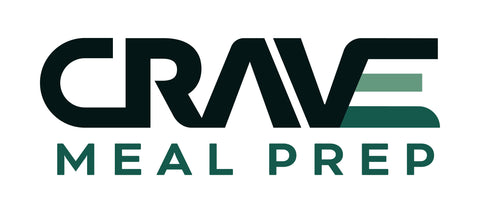Start smart: skip the common traps
You’re ready to lose weight, but the internet is loud and confusing. That’s how weight loss mistakes sneak in. You hear about crash dieting, someone asks “what is a crash diet anyway?”, and suddenly you’re eating as little as possible and wondering why nothing sticks. This guide keeps it simple. You’ll learn what to watch for, what to do instead, and how to build habits that actually fit your life.
What is a crash diet?
A crash diet is a very low-calorie approach that slashes food to get fast results. It often means skipping meals, cutting whole food groups, or living on shakes and “detox” drinks. You might see the scale drop quickly at first. But most of that change can be water and muscle, not lasting fat loss. Your energy dips. Hunger spikes. Cravings take over. Then the rebound hits and you’re back where you started, sometimes heavier. If you’ve tried this before, you know how rough that ride feels. There’s a better way.
The big weight loss mistakes beginners make
1) Eating way too little
Slashing calories sounds logical, but your body fights back. You feel tired, cold, and snacky. That mix sets you up to overeat later.
Fix it: Aim for a steady, modest calorie deficit. Keep meals regular so hunger doesn’t run the show.
2) Skipping protein
Protein helps you feel full and supports muscle. Cut it short and you’ll feel hungrier and softer, even if the scale moves.
Fix it: Add a protein anchor at each meal: eggs, Greek yogurt, cottage cheese, tofu, beans, lentils, fish, poultry, or lean meats.
3) “Zero carb” or axing whole food groups
Carbs aren’t the villain. Fiber-rich carbs help with fullness and performance. Cut them all and you’re more likely to binge.
Fix it: Choose carbs that bring fiber: fruit, veg, oats, quinoa, brown rice, beans, lentils, potatoes.
4) Drinking calories without noticing
Fancy coffees, juices, sweet teas, and “healthy” smoothies can pack a meal’s worth of calories.
Fix it: Prioritize water or flavored seltzer. If you want a latte or smoothie, treat it like a snack and balance the rest of the day.
5) Portion guesswork only
Eyeballing can drift upward fast. “Just a little extra” peanut butter can double before you know it.
Fix it: For a week, measure a few usual suspects (oils, nut butters, cereal). You’ll reset your internal radar without tracking forever.
6) All-or-nothing thinking
One unplanned cookie becomes “I blew it,” and the rest of the day spirals.
Fix it: Use the “next choice rule.” The only decision that matters is the one you make now. Move on and keep going.
7) Over-exercising to “earn” food
Punishing workouts don’t cancel out overeating. They just make you extra hungry and sore.
Fix it: Train to get stronger or fitter, not to pay for calories. Mix strength work with easy movement like walking.
8) Ignoring sleep and stress
Short sleep and high stress push cravings up and willpower down.
Fix it: Protect your wind-down routine. Keep devices out of the bedroom. Try 10 minutes of light stretching or a short walk to take the edge off stress.
9) “Clean eating” perfectionism
Rigid rules look good on paper and break in real life. When a rule breaks, the plan breaks with it.
Fix it: Use the 80/20 approach. Most choices support your goal. Some are just for joy. You’re human. That’s allowed.
10) No plan for the tricky spots
Travel, late meetings, social events—these derail you if you wing it.
Fix it: Pre-decide one or two moves: a protein-heavy breakfast, a walk after dinner, or “veggies and protein first” at restaurants.
Crash dieting vs. a steady plan
Crash dieting is a sprint with a wall at the end. A steady plan is a walk you can keep. You still lose weight, but you keep your energy, protect muscle, and learn how to eat in the real world. That’s the whole point—results that last when life gets busy.
Your simple plate formula (no apps required)
When in doubt, build meals like this:
-
Protein (¼–⅓ plate): chicken, fish, tofu, beans, Greek yogurt, eggs, lean beef or pork
-
Produce (½ plate): mix raw and cooked veg; add a piece of fruit if you like
-
Smart carbs (¼ plate): potatoes, rice, quinoa, beans, whole-grain pasta, or bread
-
Tasty fats (a thumb or two): olive oil, nuts, seeds, avocado, cheese
This keeps calories reasonable without counting every bite. You’ll be satisfied, not stuffed.
Snack the smart way
Snacks are mini meals. Build them with two of these: protein, fiber, or fat.
-
Apple + peanut butter
-
Greek yogurt + berries
-
Whole-grain crackers + cottage cheese
-
Hummus + carrots
-
Trail mix (pre-portioned)
You stay full longer, so dinner doesn’t turn into a raid.
What about cravings?
Cravings aren’t a moral failure. They’re signals—lack of sleep, long gaps between meals, low protein, or a stressed brain.
Try this quick flow:
-
Drink water and wait five minutes.
-
Eat a protein bite if you’re truly hungry (string cheese, yogurt, jerky, edamame).
-
Still want the thing? Have a portion you planned for and enjoy it, then move on. No guilt spiral.
A beginner-friendly movement plan
You don’t need a boot camp. You need consistency.
-
Walk most days (10–30 minutes).
-
Strength 2–3 times a week (full-body basics: squats, hinges, pushes, pulls, core).
-
Move for mood. Use short “movement snacks” on busy days—five minutes of squats, wall push-ups, and a plank counts.
Training helps keep muscle while you lose, which makes your shape look better at the same weight.
How to fix weight loss mistakes in real life: a 7-day reset
You can start any day. Keep it light and doable.
Day 1: The plate check
Use the plate formula for one meal. That’s it. Win the day.
Day 2: Protein anchor
Add 20–30g of protein to breakfast. Notice your hunger later.
Day 3: Liquid audit
Swap one sugary drink for water or seltzer. Keep coffee if you love it; just watch the add-ins.
Day 4: Sleep bump
Go to bed 30 minutes earlier. Dark, cool room. Phone stays out.
Day 5: Portion refresh
Measure oils and nut butters once today. Learn, don’t judge.
Day 6: Walk after meals
Take a 10-minute walk after lunch or dinner. Great for blood sugar and headspace.
Day 7: Joy food on purpose
Eat a favorite food mindfully. Sit, plate it, enjoy it. No sneaking, no “I blew it.”
Repeat next week, or stack two habits at a time if you feel ready.
FAQs: quick answers you’re probably looking for
Is a crash diet ever a good idea?
For most people, no. It’s hard to keep, feels lousy, and often rebounds. A steady approach works better and is kinder to your body.
How fast should you lose?
Fast loss looks exciting. Steady loss is the one you keep. Look for a pace you can live with while staying energetic and sane.
Do you need supplements?
Food first. If a doctor told you to take something, follow that. Otherwise, keep it simple: protein, produce, smart carbs, and a bit of healthy fat.
Do you have to track calories?
Not always. Many people do well with the plate method and a few measured items each week. If you like data, track for awareness, not punishment.
What if you have a medical condition?
Talk to your healthcare provider or a registered dietitian. You deserve a plan that fits your body and your meds.
Make your plan
You don’t need extremes. You need a plan you’ll still follow next month. Skip crash dieting, steer around the usual weight loss mistakes, and use simple meals, steady movement, and flexible rules. Keep the focus on what you can repeat tomorrow. That’s how the results stick.



